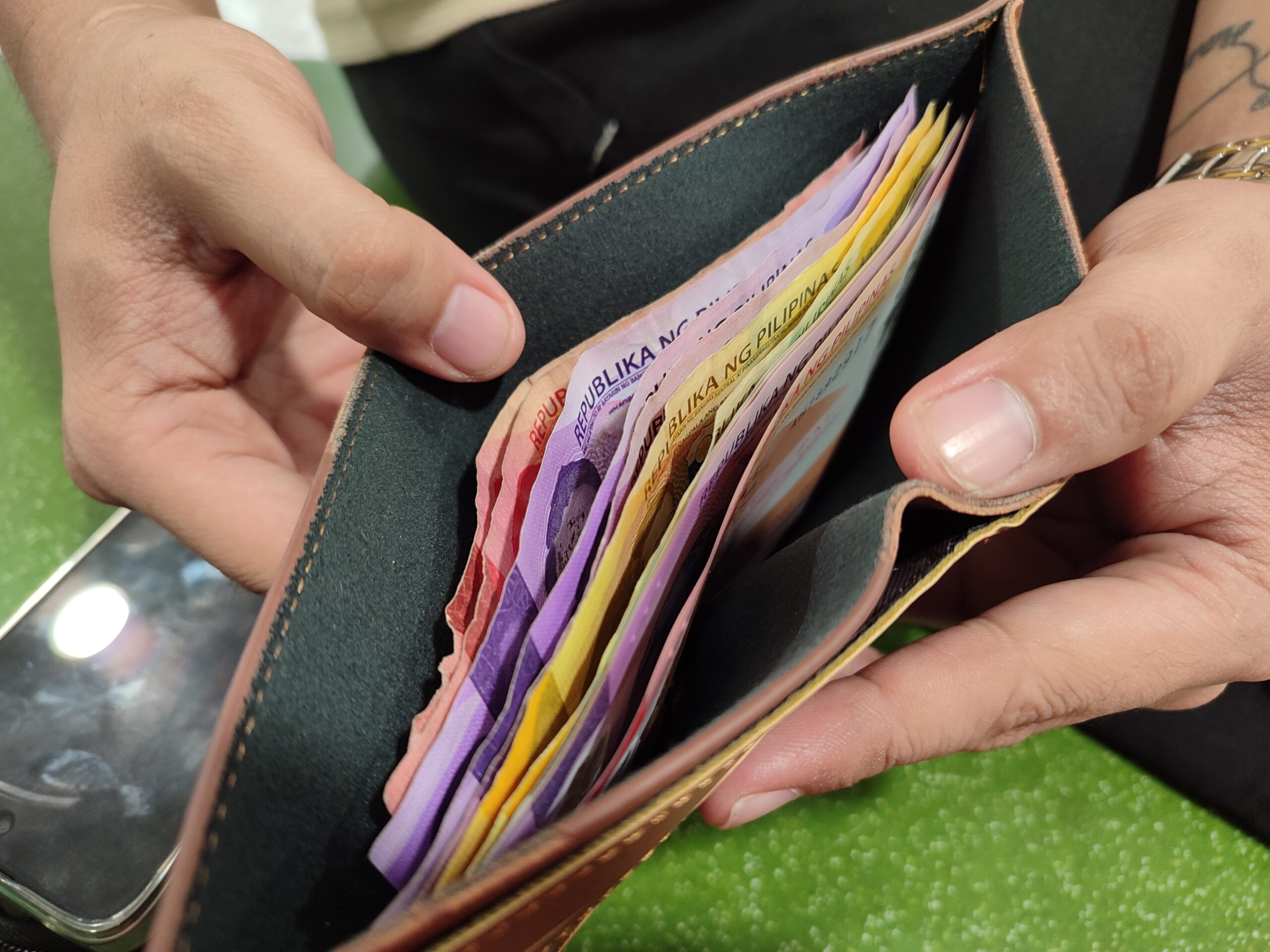Budgeting Methods for Financial Goals
If you’ve ever wondered where your money disappears to by the end of the month, you’re not alone. Budgeting can feel overwhelming, but the truth is—there’s no one-size-fits-all method. Understanding the budgeting methods for financial goals and choosing the one that matches your lifestyle is the key to financial freedom.
In this post, we’ll break down the most effective budgeting methods for financial goals, their pros and cons, and help you pick the one that suits your needs best.
🧩 1. The 50/30/20 Budget
What it is:
This popular method splits your income into three buckets:
- 50% Needs – rent, food, utilities
- 30% Wants – dining out, entertainment, hobbies
- 20% Savings/Debt Repayment – emergency fund, investments, loans
Best for: People who want a balanced, simple structure without tracking every expense.
Pros:
✅ Easy to follow
✅ Encourages saving while allowing fun spending
✅ Great for beginners
Cons:
❌ May not suit low-income households
❌ Assumes clear-cut “needs” vs “wants”
🧮 2. Zero-Based Budget
What it is:
Every peso is assigned a job. Your income minus expenses equals zero.
Best for: Detail-oriented individuals who like full control.

Pros:
✅ Tracks every cent
✅ Helps identify wasteful spending
✅ Encourages accountability
Cons:
❌ Time-consuming
❌ Requires consistent tracking
💸 3. Envelope System (Cash Budgeting)
What it is:
You divide cash into envelopes labeled for specific expenses (e.g., groceries, gas).
Best for: People who overspend on cards or want to limit daily expenses.
Pros:
✅ Visual and tactile spending awareness
✅ Limits overspending
✅ Simple for variable expenses
Cons:
❌ Not practical for online purchases
❌ Risk of lost/stolen cash
📊 4. Pay Yourself First Budget
What it is:
You prioritize saving/investing before spending on anything else.
Best for: People with long-term goals like retirement or big purchases.
Pros:
✅ Encourages saving discipline
✅ Helps build wealth faster
Cons:
❌ Requires strict income management
❌ May not work well with high monthly obligations
🔄 5. The Reverse Budget
What it is:
You automate savings and debt repayments first, then freely spend what’s left.
Best for: Busy professionals who want minimal financial planning stress.
Pros:
✅ Low maintenance
✅ Automates good habits
✅ Reduces decision fatigue
Cons:
❌ Requires stable income
❌ Doesn’t track discretionary spending closely
🧠 How to Choose the Right Budgeting Method
Ask yourself:
- Do I like detailed tracking or big-picture planning?
- Is my income stable or variable?
- Am I saving for a specific goal?
Try a method for 1–2 months and adjust. Some people even combine systems—like 50/30/20 with the Pay Yourself First method.
Start Small, Stay Consistent
Choosing the right budgeting methods for financial goals is not about finding a one-size-fits-all solution—it’s about aligning your personal habits, goals, and lifestyle with a system that encourages consistency and progress. Whether you prefer the structure of the envelope system, the flexibility of the 50/30/20 rule, or the discipline of zero-based budgeting, the key is to start and stay committed. Don’t be afraid to adjust your strategy as your financial situation evolves. Remember, small, intentional changes can lead to lasting impact. Take the first step today, and empower yourself to reach your financial goals with clarity and confidence.
It’s also helpful to track your progress regularly. Set aside time each week or month to review your budget, assess your spending, and make any necessary tweaks. Life is full of unexpected expenses, and your budget should be a living document that adapts as needed. You might find that what works for you now could evolve over time, especially as your income, family size, or financial goals shift.
Additionally, consider pairing your budgeting efforts with tools or apps that help automate tracking and categorize expenses. This can reduce the stress of manual calculations and give you a clearer picture of your financial habits. Surrounding yourself with a support system—whether it’s a financial advisor, accountability partner, or budgeting community—can also keep you motivated and on track.
Above all, be patient with yourself when finding your budgeting methods for financial goals. Building strong financial habits takes time, and perfection isn’t the goal—progress is. Celebrate small wins like paying off a credit card, hitting a savings milestone, or simply sticking to your plan for a full month. Every effort you make brings you one step closer to financial freedom and peace of mind.
💬 Which budgeting methods for financial goals have you tried—or plan to try? Let’s chat in the comments below!

